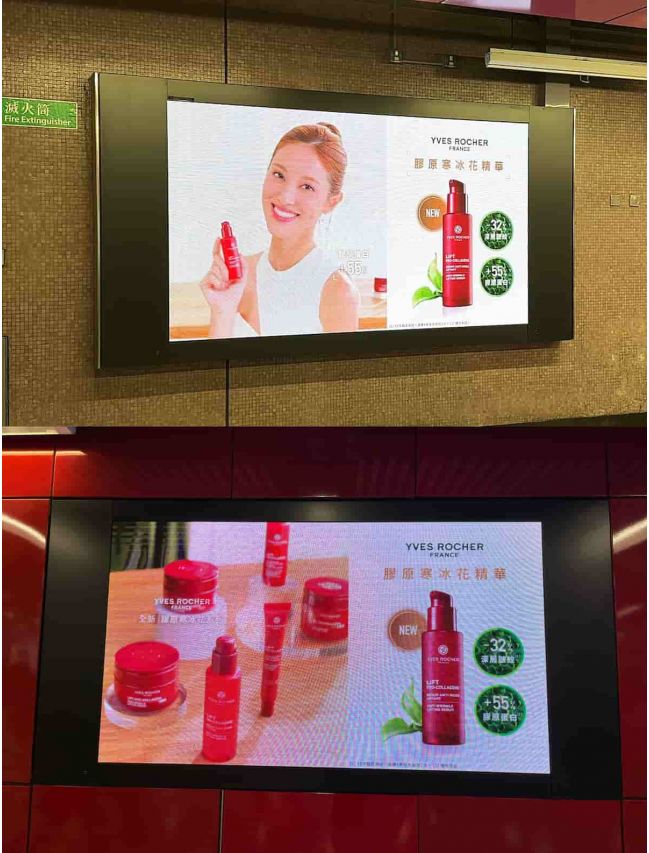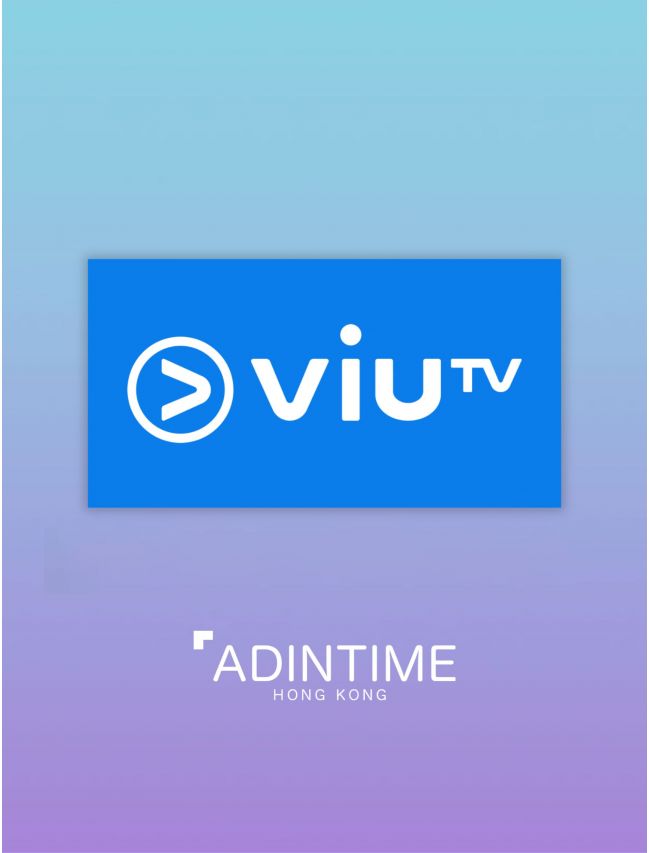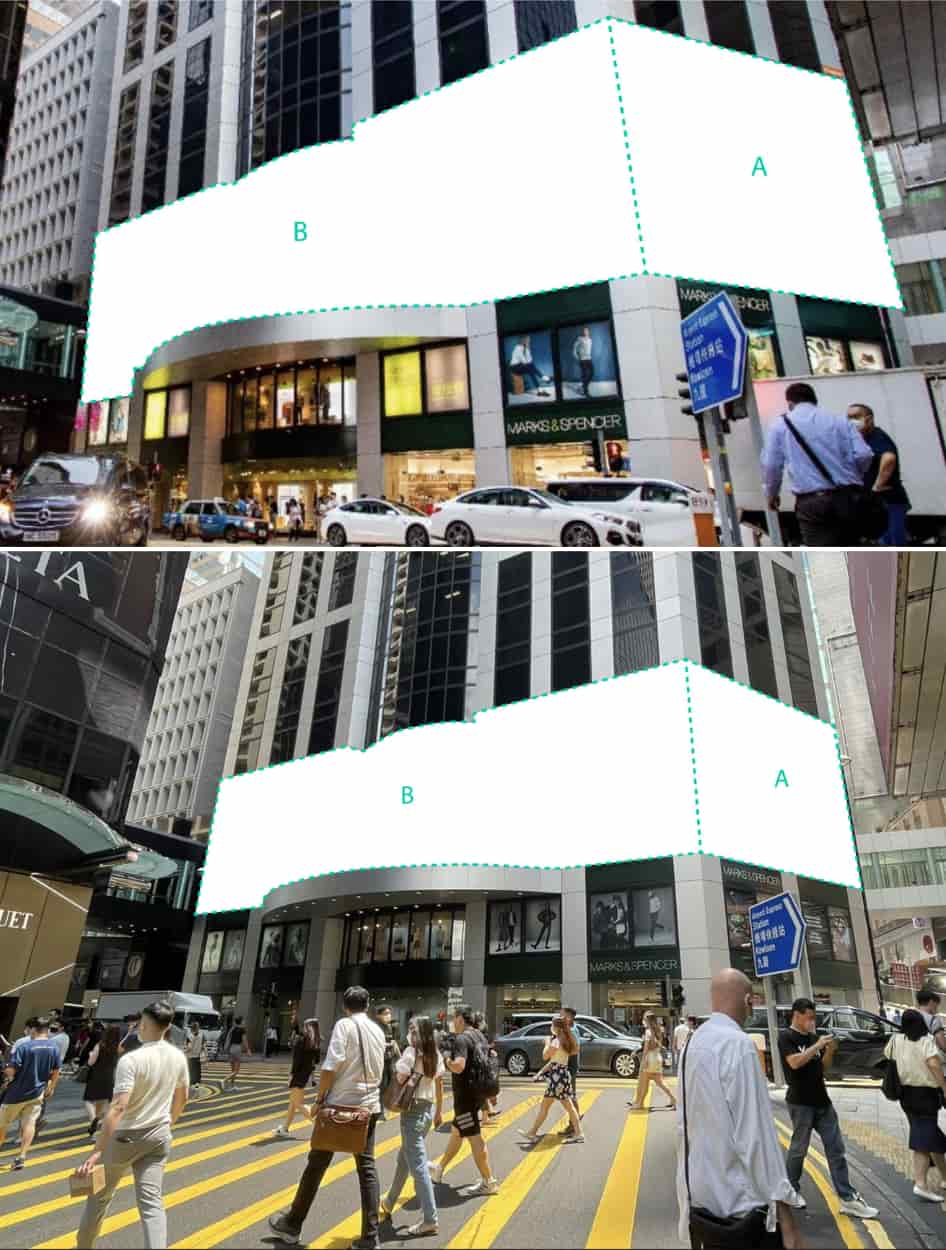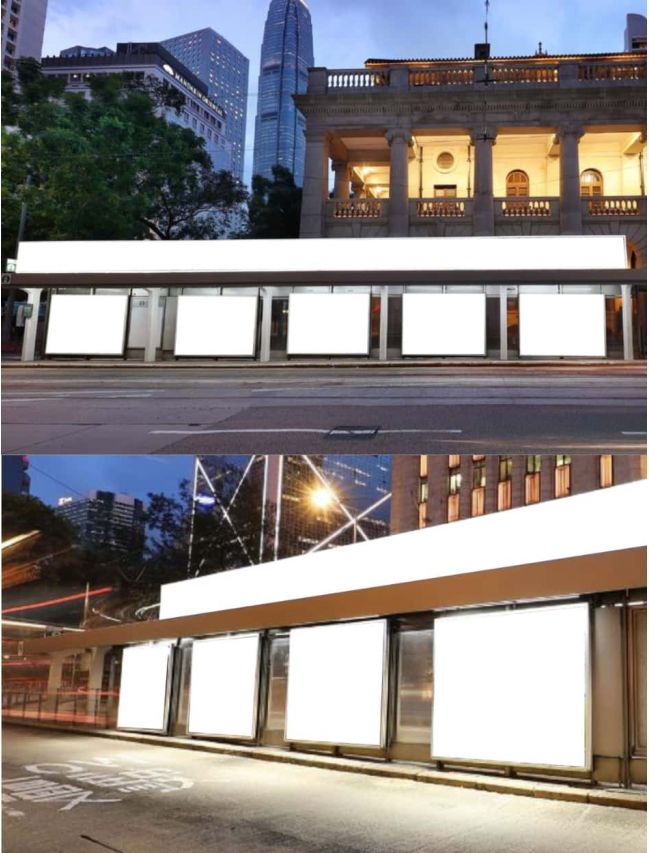How To Plan A Successful Advertising Campaign To Deliver Results
Want to save time?
Summarize this article in seconds with AI
You know this already. You know that running an advertising campaign isn’t just putting your brand and products out there. It's crucial to get the right message in front of the right people at the right time to drive real impact. You want to have a strategic plan to buy the exact billboards, online ads, and any other medium you need.
Here’s a practical, step-by-step guide to planning a successful ad campaign, whether you're a small business looking to build visibility or an established brand launching a new product.
Jump to...
- Define Your Objective
- Know Your Audience
- Choose the Right Advertising Channels
- Create Clear, Compelling Creative
- Set a Realistic Budget
- Set Up TRacking and KPIs
- Launch, Test, and Optimize
- Post-Campaign Analysis
1. Define Your Objective (Be Ruthlessly Clear)
Every great advertising campaign starts with one question: What are you trying to achieve?
Are you:
Launching a new product?
Driving traffic to your website?
Promoting a seasonal sale?
Building brand awareness in a new district?
The more specific, the better. “Increase brand awareness” is too vague. “Get 10,000 video views from 18–35 year-olds in Kowloon East in 2 weeks” is better. Your goal will shape everything else—from media selection to budget.
2. Know Your Audience (Deeply)
Hong Kong isn’t one-size-fits-all. Tourists, Gen Z locals, finance execs, new parents in Tseung Kwan O—each group reacts differently to advertising.
Start by building a customer persona:
Age, gender, income
Media habits (Do they scroll IG? Use MTR app?)
Pain points and desires
If you’re targeting professionals, LinkedIn ads or MTR digital panel might work better than TV advertising. If it’s teens and young adults, bus wrap ads combined with influencer marketing on Instagram could hit harder.
3. Choose the Right Advertising Channels
Your ad campaign doesn’t need to be everywhere. It needs to be strategic. Choose platforms where your audience already is.
Some channel options in Hong Kong:
Outdoor Advertising (OOH Advertising): Think OOH screens in Central, bus body advertising, tram advertising, MTR, or taxi.
Online Advertising: Google Ads, YouTube pre-rolls, or Spotify audio spots.
Social Media Advertising: Instagram Stories, Facebook lead ads, Xiaohongshu collaborations.
Press or Radio or TV: Still useful for niche or local audiences (especially Cantonese radio).
Combine channels only if they serve your goal—not for the sake of being “omnichannel.”
4. Create Clear, Compelling Creative
This is where many ad campaigns fail. Even with a great media plan, weak creative won’t deliver results.
Tips to keep your ad creative on point:
Be visual: Use bold images, motion graphics, or a hook that grabs attention instantly (especially important for OOH or short-form video).
Be clear: Your message should be understood in 3 seconds. Don’t overcomplicate.
Be local: A touch of Cantonese slang or referencing local culture can boost relevance and connection.
Remember: People don’t read ads. They scan. Make your key message pop.
5. Set a Realistic Budget (And Allocate Smartly)
Your budget should align with your goal. If you want citywide visibility, you’ll need to invest in high-traffic formats like MTR digital screens or TVCs. For conversions, you might get better ROI with targeted Facebook ads.
Break your budget into:
Media buying (e.g. billboard rental, Facebook reach)
Creative production (copywriting, advertising design, video)
Monitoring and optimization
Pro tip: Always keep 10–20% of your budget flexible. If a particular channel is performing well, you’ll want to double down.
Related articles that may help:
6. Set Up Tracking and KPIs
![]()
↑ Example of an offline ad with a QR code
Never launch an advertising campaign without a way to measure success. Use:
UTM codes on landing pages
Conversion pixels for Facebook or Google Ads
QR codes in offline ads
Promo codes to track purchases
Track relevant KPIs:
Reach
Click-through rate (CTR)
Conversions
Cost per acquisition (CPA)
Engagement rate
7. Launch, Test, and Optimize
Launch your ad campaign in phases if possible. Start small, test creatives or audiences, then scale what’s working.
Example: Run three Facebook ad variations targeting three demographics. See which one performs best in week one. Kill the underperformers and shift your budget to the winner.
For OOH, monitor footfall, online traffic, or brand mentions after launch. Combine it with a digital push to better attribute results.
8. Wrap Up With a Post-Campaign Analysis
At the end of your campaign, ask:
Did you meet your goals?
What formats or channels performed best?
What should you repeat—or avoid—next time?
This isn’t just a “reporting” step. It feeds directly into your next advertising campaign. Every success (or failure) teaches you something.
Final Thoughts: Why A Well-Planned Advertising Campaign Matters
In Hong Kong’s competitive market, attention is short and ad spaces are everywhere. But brands that plan their advertising campaign with clarity, creativity, and local understanding always stand out.
Think of your campaign not as a one-off blast—but a carefully built conversation between your brand and your audience.
Done right, a single ad campaign can:
Drive real business growth
Create lasting brand recognition
Spark conversations that outlive the ad itself
Ready to launch yours? We can help you get there, one media buy at a time.
 Cookie preferences
Cookie preferences
















 Xiaohongshu Advertising Guide: How Can Hong Kong Brands Maximize Their Results?
Xiaohongshu Advertising Guide: How Can Hong Kong Brands Maximize Their Results?
 2x your advertising effectiveness: Master big data to optimize ad ROI
2x your advertising effectiveness: Master big data to optimize ad ROI
 Top 5 Best Ads in 2025 in Hong Kong
Top 5 Best Ads in 2025 in Hong Kong
 Hong Kong Outdoor Advertising Cost in 2026 | Adintime Report
Hong Kong Outdoor Advertising Cost in 2026 | Adintime Report
 Marketing Calendar 2026: Key Dates For Marketing Success
Marketing Calendar 2026: Key Dates For Marketing Success
 The Most Widely-Read Magazine and Newspaper in Hong Kong
The Most Widely-Read Magazine and Newspaper in Hong Kong
 Understanding YouTube Advertising Costs in 2025
Understanding YouTube Advertising Costs in 2025
 OOH /DOOH advertising in Hong Kong: Formats and Rates (2025 Update)
OOH /DOOH advertising in Hong Kong: Formats and Rates (2025 Update)
 How much does LinkedIn Advertising Cost? (2025 Update)
How much does LinkedIn Advertising Cost? (2025 Update)
 Press Ad Basics: Types, Formats and Ad Price
Press Ad Basics: Types, Formats and Ad Price